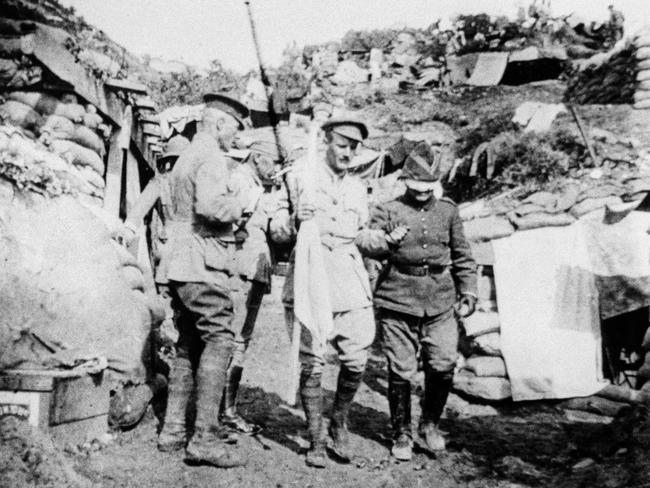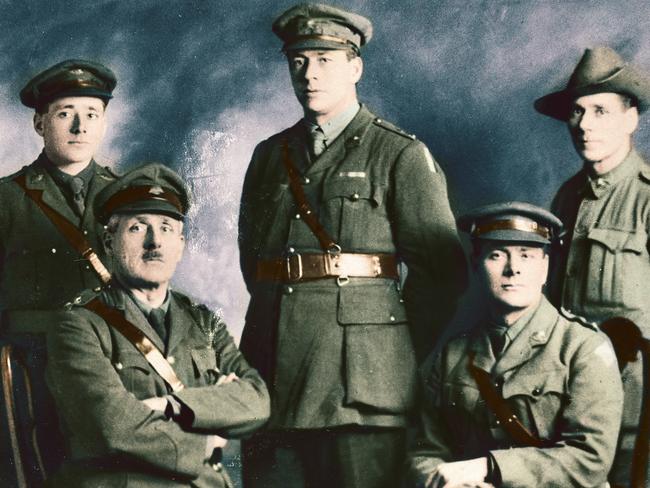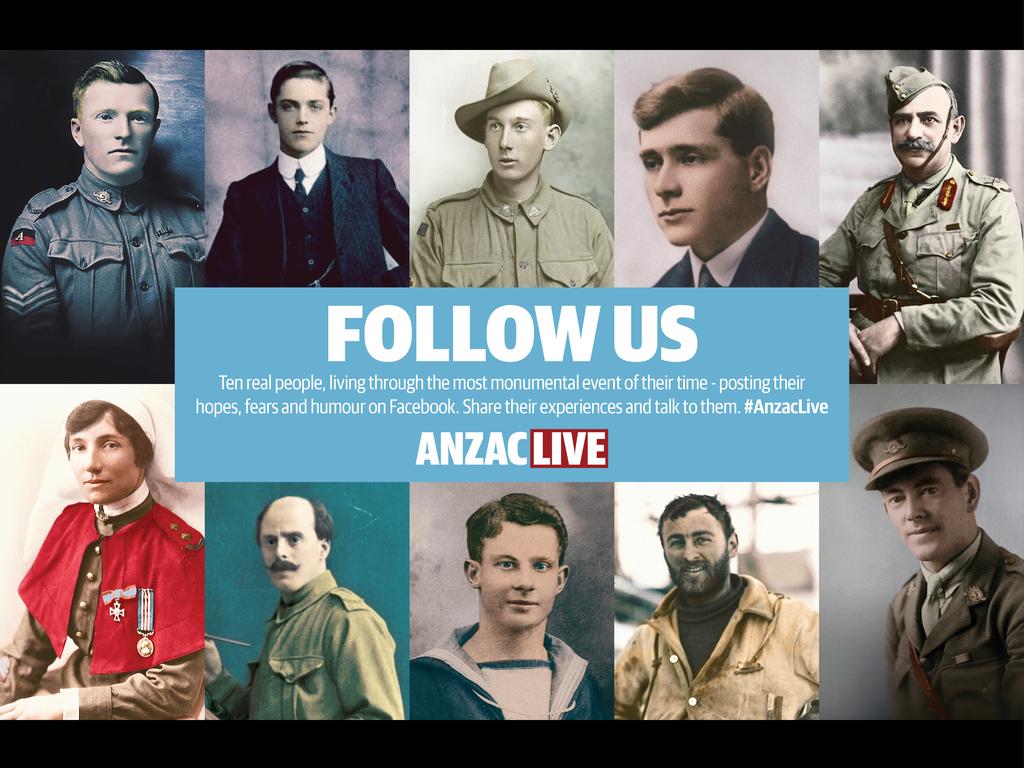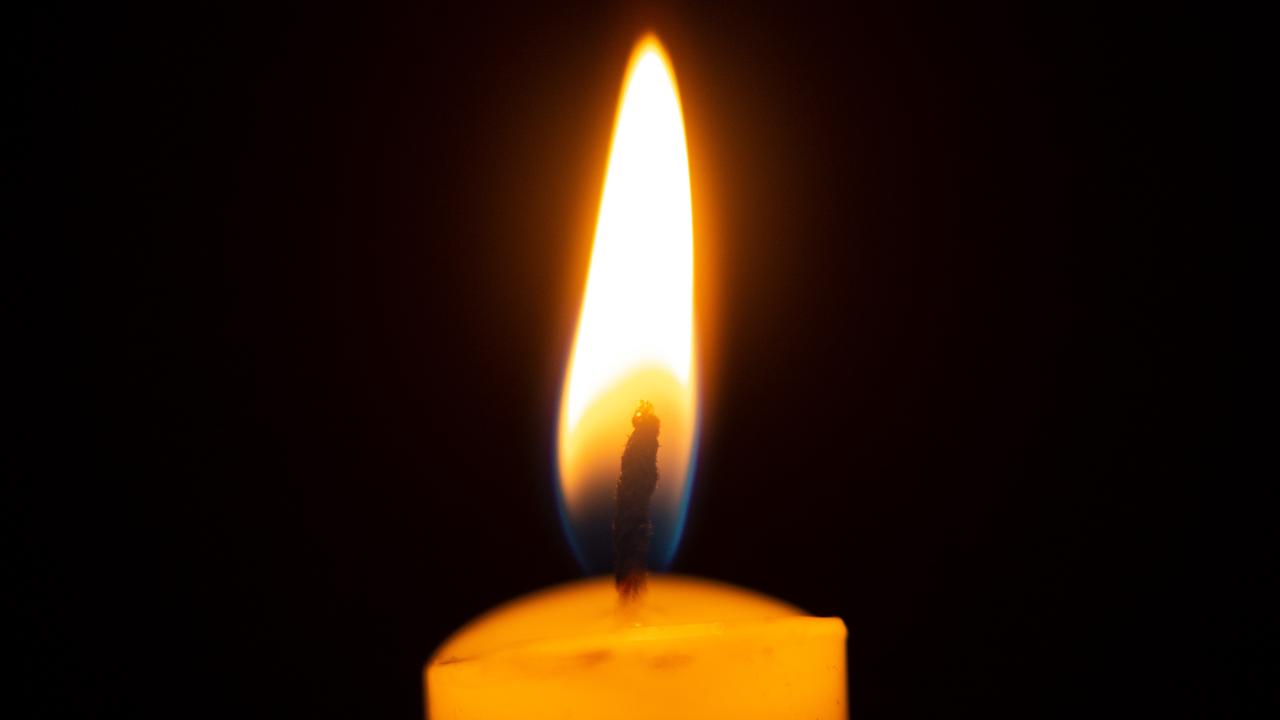How do you cope when Death is a constant shadow?
IMAGINE every resident of your town either killed or injured by gun or shell fire in less than a year. That is effectively what happened in one small place.

THE cold, hard truths of warfare dawned quickly on the first Australians to land at Gallipoli.
Eight months after enlistment and training, they were ready for a blue — or so they thought.
But they received a rude shock on April 25 at what’s now known as Anzac Cove. It began with the first Turkish bullets whipping into the landing parties, notching up the first numbers in what became an incomprehensible scorecard.
By the end of the unsuccessful campaign in December more than 28,000 Australians were dead and injured. All up the Allies registered 140,000 casualties and the Turks more than 250,000.
Imagine every resident in a city like Alice Springs, Mt Gambier, Nowra, or Warrnambool either dead or injured by chaotic gun or shell fire in less than a year. From the Australian numbers alone, that is what happened in Turkey in 1915.

“Death was everywhere,” Les Carlyon wrote in his definitive book Gallipoli. “Death was where you rolled a smoke or told a joke or carted water. Day and night it was there.”
It became so much a part of the Gallipoli Peninsula landscape that remaining soldiers seemingly had to immunise themselves from the associated shock.
How did they do it? It is a question already being asked of the characters in AnzacLive — a groundbreaking real-time social media retelling of the conflict — as they mass in Egypt ahead of the big push; aware something enormous is coming, but not yet certain what form it will take.
“We are to see actual fighting at last,” AnzacLive’s Benjamin Bennet Leane writes to his wife Phyllis in March. “And we are very elated.”
Yet Leane soon realises something inside him has shifted.
“It is nerve racking I can tell you, to see men struck down all around you, and to hear their cries and not be able to help them,” he wrote. Then he adds: “At first these things fill you with horror, but after a while you become accustomed to them and take little notice.”
This capacity to endure such nightmares was considered by many observers a result of the Australian soldier’s cut and dried temperament.
War historian Charles Bean wrote that the Australians had become clearly distinguishable from the English displaying “markedly divergent qualities of mind and character”.
Of these he highlighted an intense nationalism and patriotism, an inherent independence and enterprise, an adventurous spirit, and greater physicality than “the general run of men” due, he surmised, by reason of our active, open-air life in the Australian climate and an abundance of food.
A lone ranger approach to the world and a true belief in egalitarianism also “endowed him with a power of swift individual decision and, in critical moments, self-control.”

But if there was one creed that distinguished Australia’s soldiers more than any other, it was that at any cost they would stand together as one.
“This was and is the one law which the good Australian must never break,” Bean wrote.
Put all these characteristics together and a certain kind of Anzac hero emerged from the Gallipoli battleground. He was recognised by all sections of society as a unique specimen.
AnzacLive character and Army Nurse Alice Ross-King commented after witnessing hundreds of injured being delivered to hospital tents behind the lines that, compared to the Aussies, “the English soldier is a very poor class”.
“All our men are mad to get back to the fighting again, but one never hears the Tommy say so.”

WHAT DROVE THE MEN OF ANZACLIVE: ask them yourself at www.anzaclive.com.au or join the conversation by searching #AnzacLive on Facebook, Twitter or Instagram
Charles Laseron, a former naturalist, was driven to serve by adventure and the magnitude of the crisis, writing: “Before us lies an adventure unprecedented in modern war.”
Even when things were grim, Hector Brewer and his mates never thought of throwing in the towel.
“So far we have had plenty of hard work and little or no rest right from the word go,” he wrote. “Australia’s boys have stuck to it so far and will stick to it to the last.”
Bert Reynolds had been an Army cadet since age 14, and was driven to represent his country.
“Whatever the fates decree, and if any return, it will be to enjoy the liberties and freedoms of our own land in full security,” he wrote. “However great the difficulties might be they will be cheerfully met and (we hope) successfully overcome.”
While military leader John Monash candidly tells his wife the “world’s home” is burning —
complaining that he is “horribly homesick” and this whole blasted war business has been a “rooting up of everything in which I have any interest.”
Yet he ays he is honoured to take part in “great events which will stir the whole world” and adds: “I suppose the only thing to do is set one’s teeth and go straight ahead.
“I am convinced that there are no troops in the world to equal the Australians in cool daring, courage and endurance.”
Like so many men, stretcher bearer Arthur James Adams tried to escape the horrors by sketching and “yarning” to fellow soldiers.
Signaller Ellis Silas (WA) found some escape in drawing and writing: a common theme for all the AnzacLive brigade, who are posting now in real time — direct to you from March 1915.
Originally published as How do you cope when Death is a constant shadow?



